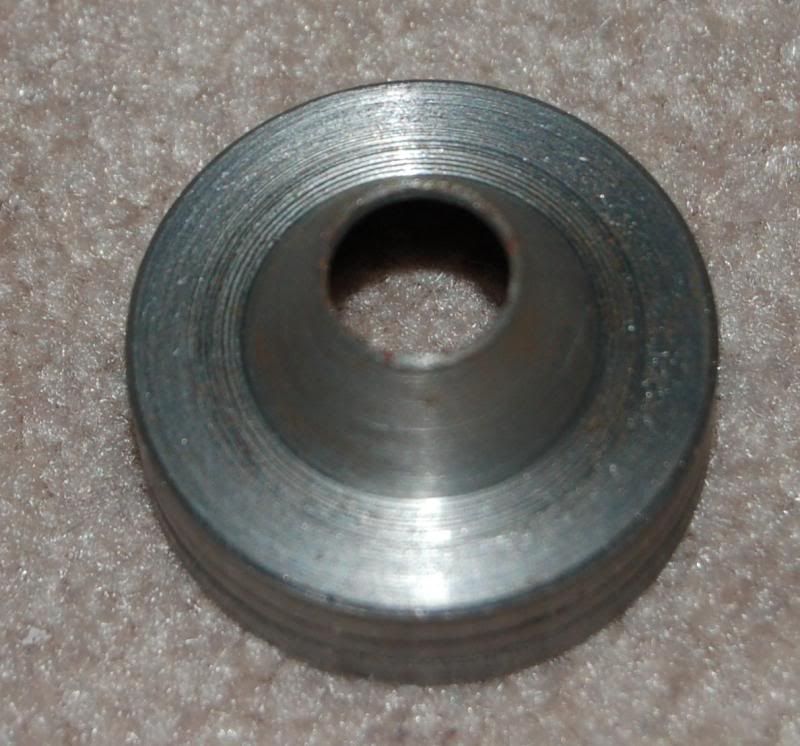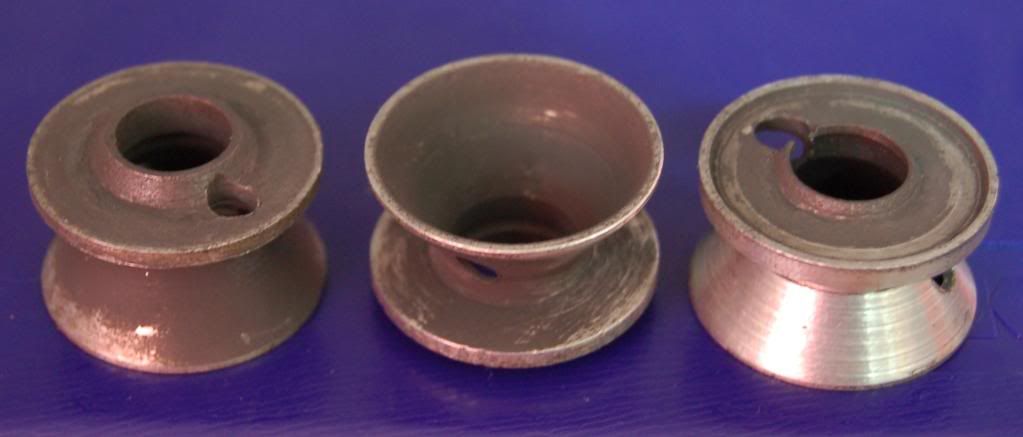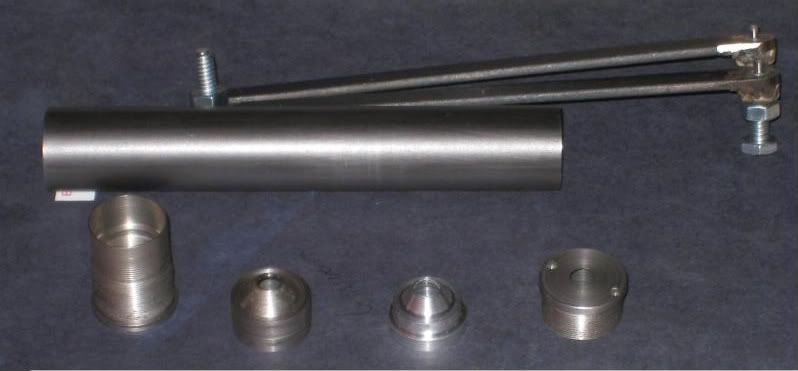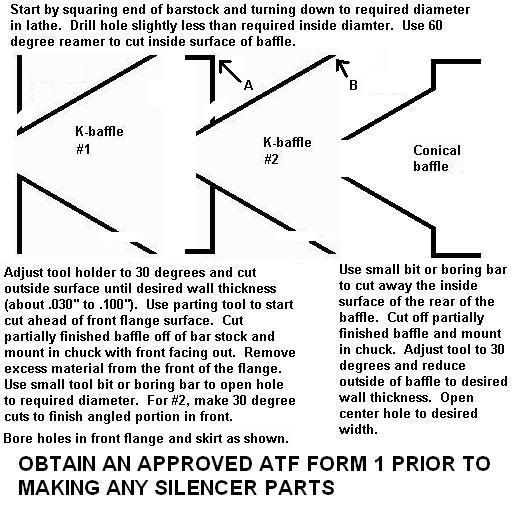Since this is my first post I guess I should lay a little groundwork.
I'm a former NRA rifle instructor, I have a family member who is also a former NRA instructor and FFL holder and owns a (legally) suppressed firearm. Neither one of us is an expert on NFA regulations however. I'm also a former jeweler and metal smith and enjoy doing things myself whenever possible. "I made that" is a lifelong mantra for me. For items that are beyond my skill level, I have access to a machine shop and a qualified machinist who can help.
On to business: I'm building up a ruger 10-22. I've wanted one for years and finally found a deal I couldn't pass up. On my list of maybe's is adding a suppressor (the barrel I installed is threaded). If I do suppress it I'd really like to take a stab at building one myself. Which leads to several questions.
1) How do I go about legally building and registering a suppressor? IE, do I need to contact ATF first and get permission before I start, or take the finished item to them? (I imagine is has to be the first). Is there a separate ATF process for building your own suppressor vs. purchasing one? What forms (I'm sure there are several) do I need to file?
2) are there any good resources in terms of DIY suppressor design and construction? OR does anybody sell components for hobby builders?
3) if I need assistance, say from a more skilled machinist, do they need any kind of special permission or licensing to perform the work? I don't want to get anybody else in trouble.
If I follow through, this will be my first foray into the realm of suppressed firearms. Any advice you can give to keep me on the right path (both legally and in terms of getting good results) is welcome.
To shortcut the inevitable "use the search button" response. I looked around a bit here and elsewhere to no avail, probably because I'm not that familiar with the right terminology.
Thanks in advance for the help.
I'm a former NRA rifle instructor, I have a family member who is also a former NRA instructor and FFL holder and owns a (legally) suppressed firearm. Neither one of us is an expert on NFA regulations however. I'm also a former jeweler and metal smith and enjoy doing things myself whenever possible. "I made that" is a lifelong mantra for me. For items that are beyond my skill level, I have access to a machine shop and a qualified machinist who can help.
On to business: I'm building up a ruger 10-22. I've wanted one for years and finally found a deal I couldn't pass up. On my list of maybe's is adding a suppressor (the barrel I installed is threaded). If I do suppress it I'd really like to take a stab at building one myself. Which leads to several questions.
1) How do I go about legally building and registering a suppressor? IE, do I need to contact ATF first and get permission before I start, or take the finished item to them? (I imagine is has to be the first). Is there a separate ATF process for building your own suppressor vs. purchasing one? What forms (I'm sure there are several) do I need to file?
2) are there any good resources in terms of DIY suppressor design and construction? OR does anybody sell components for hobby builders?
3) if I need assistance, say from a more skilled machinist, do they need any kind of special permission or licensing to perform the work? I don't want to get anybody else in trouble.
If I follow through, this will be my first foray into the realm of suppressed firearms. Any advice you can give to keep me on the right path (both legally and in terms of getting good results) is welcome.
To shortcut the inevitable "use the search button" response. I looked around a bit here and elsewhere to no avail, probably because I'm not that familiar with the right terminology.
Thanks in advance for the help.






